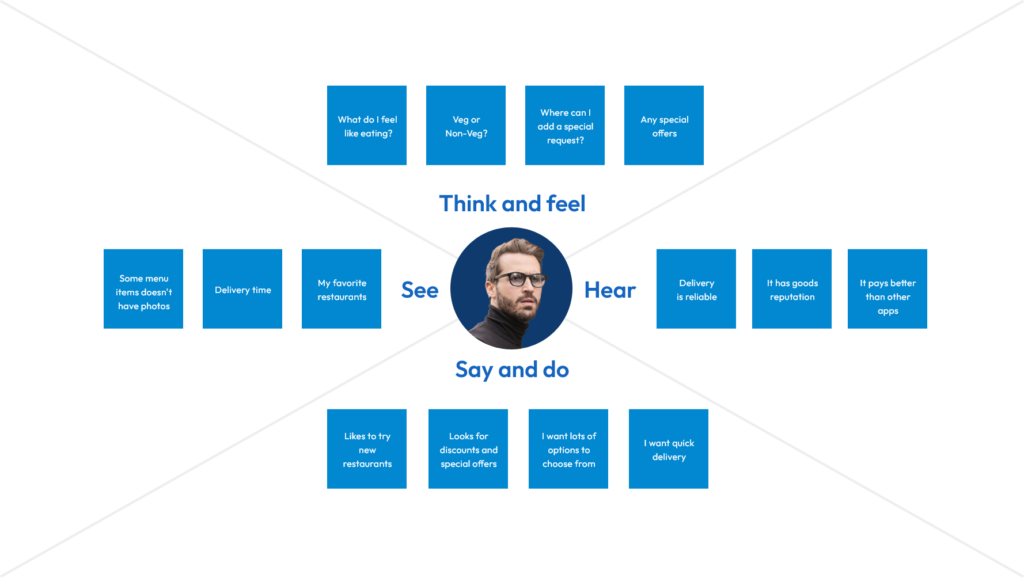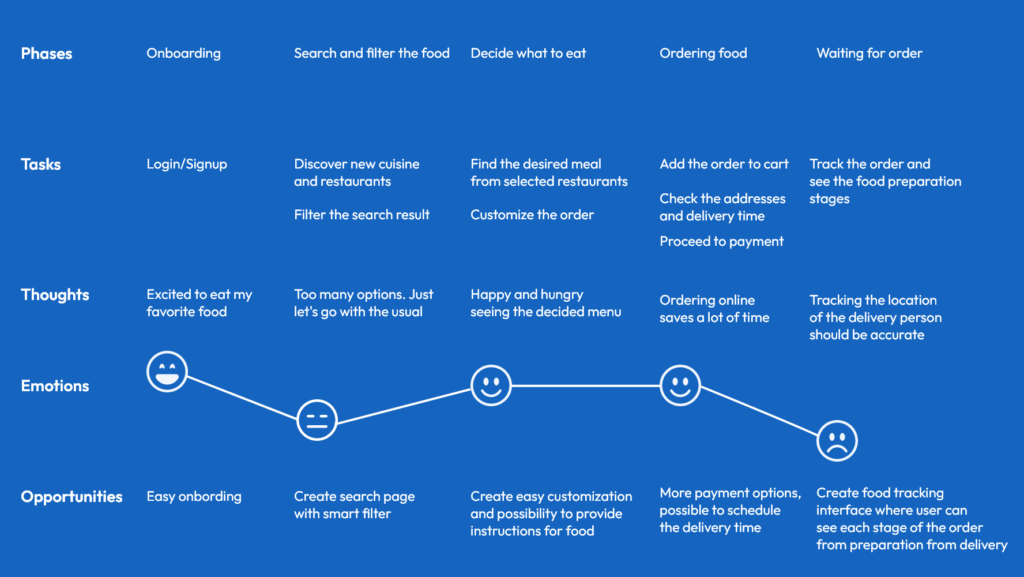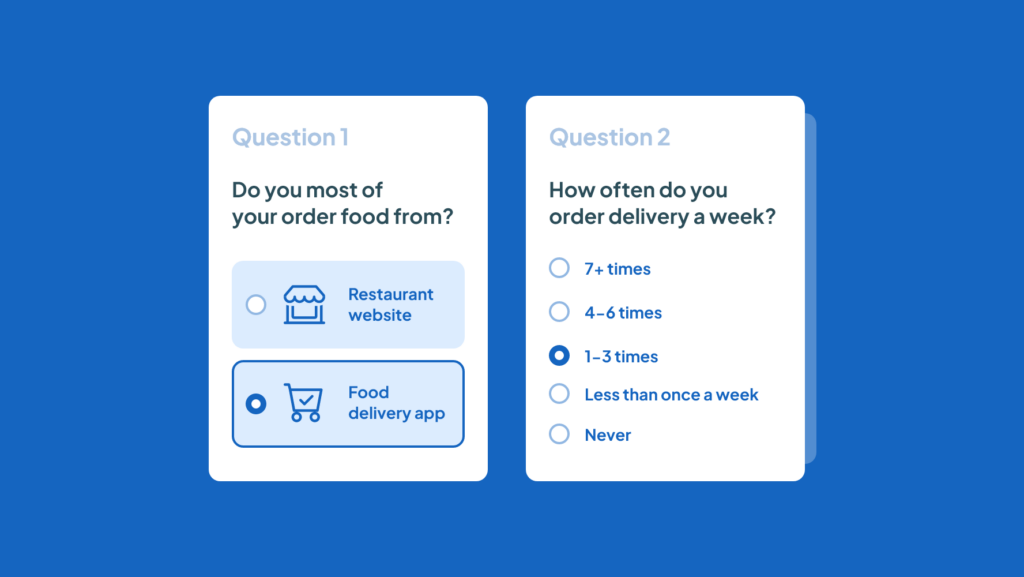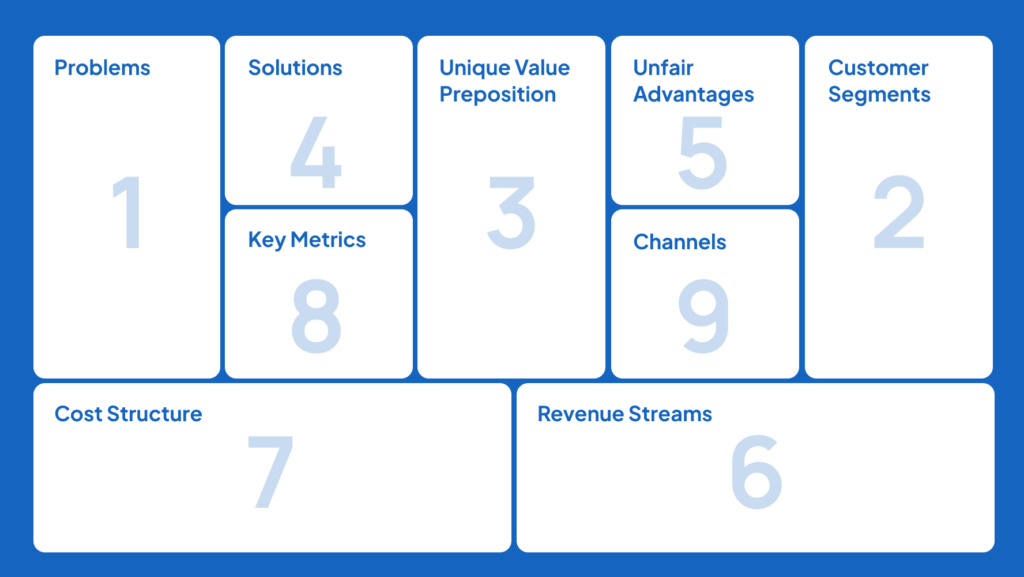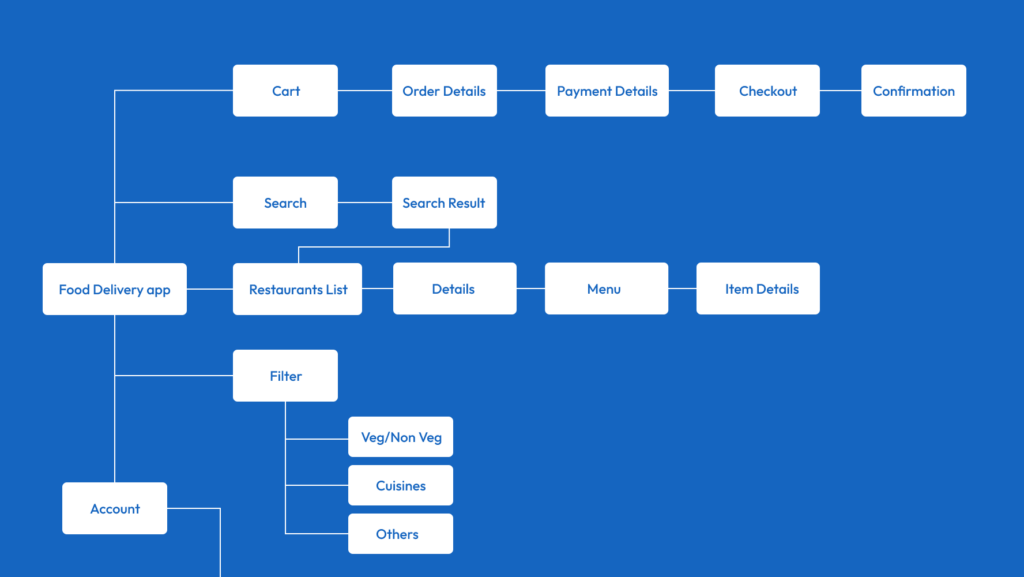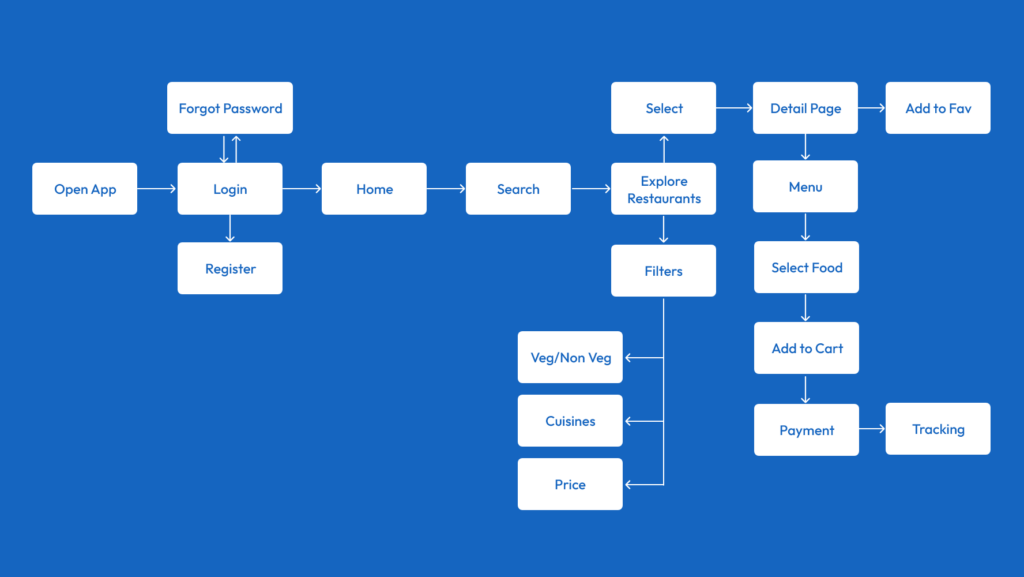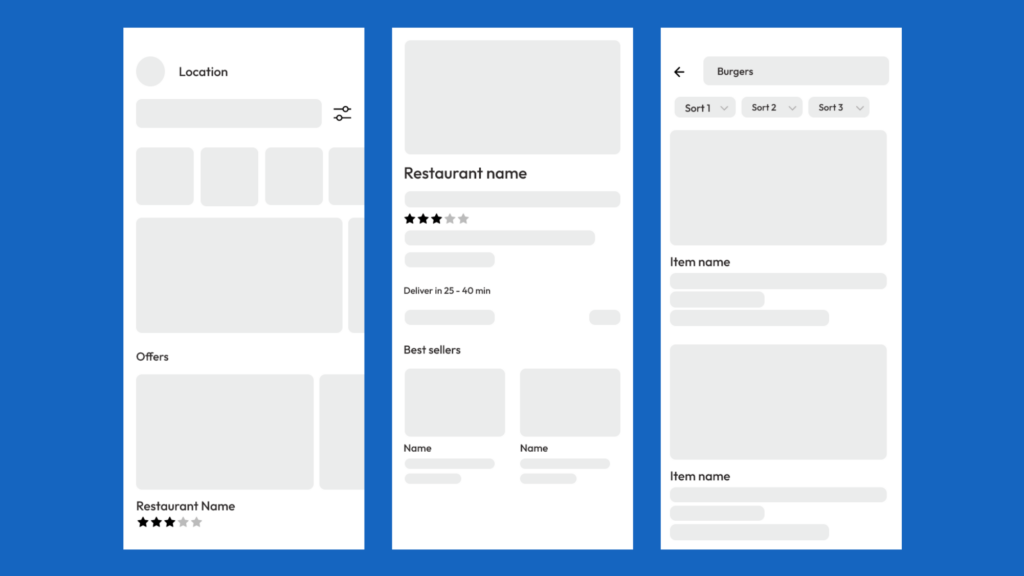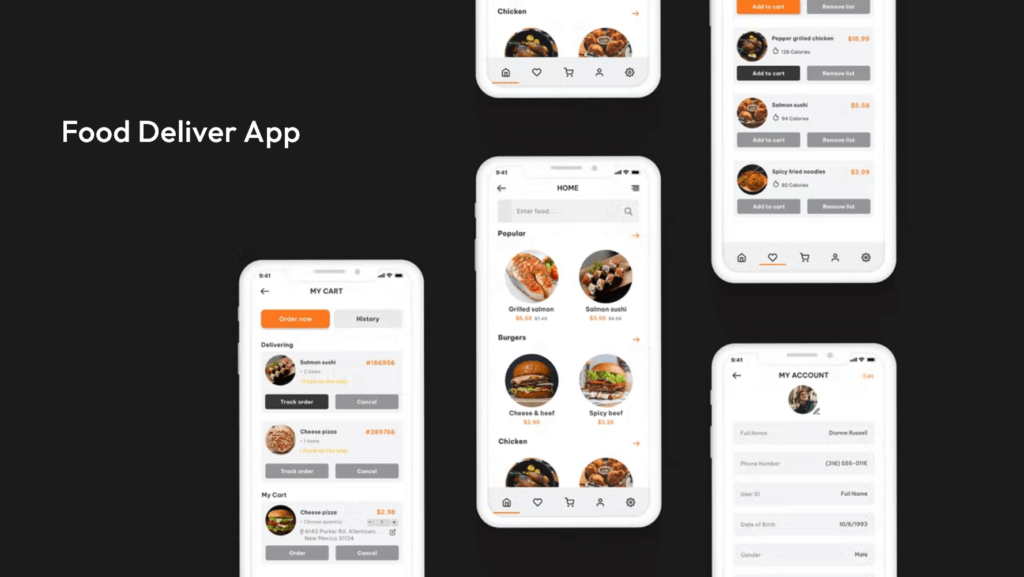Manual testing is a process in which a tester manually performs test cases on a software application without the use of automation tools. The tester manually steps through a series of test cases, comparing the actual results to the expected results and recording any discrepancies. The purpose of manual testing is to identify any bugs, defects, or other issues in the software, and to ensure that the software functions as expected. Manual testing can be time-consuming and tedious, but it can also be an effective way to uncover defects that may be missed by automated testing.
Automated testing is the process of using special software tools to run tests on a software application. These tools automatically perform a series of test cases and compare the actual results to the expected results, without any manual intervention. The main advantage of automated testing is that it can significantly reduce the amount of time and effort required to test a software application. It also allows to run tests repeatedly and consistently, which helps to identify any bugs or defects that may not be detected by manual testing.
There are different types of automated testing, such as unit testing, integration testing, functional testing, acceptance testing, load testing and performance testing. It is typically used in combination with manual testing to achieve comprehensive test coverage and improve software quality.

